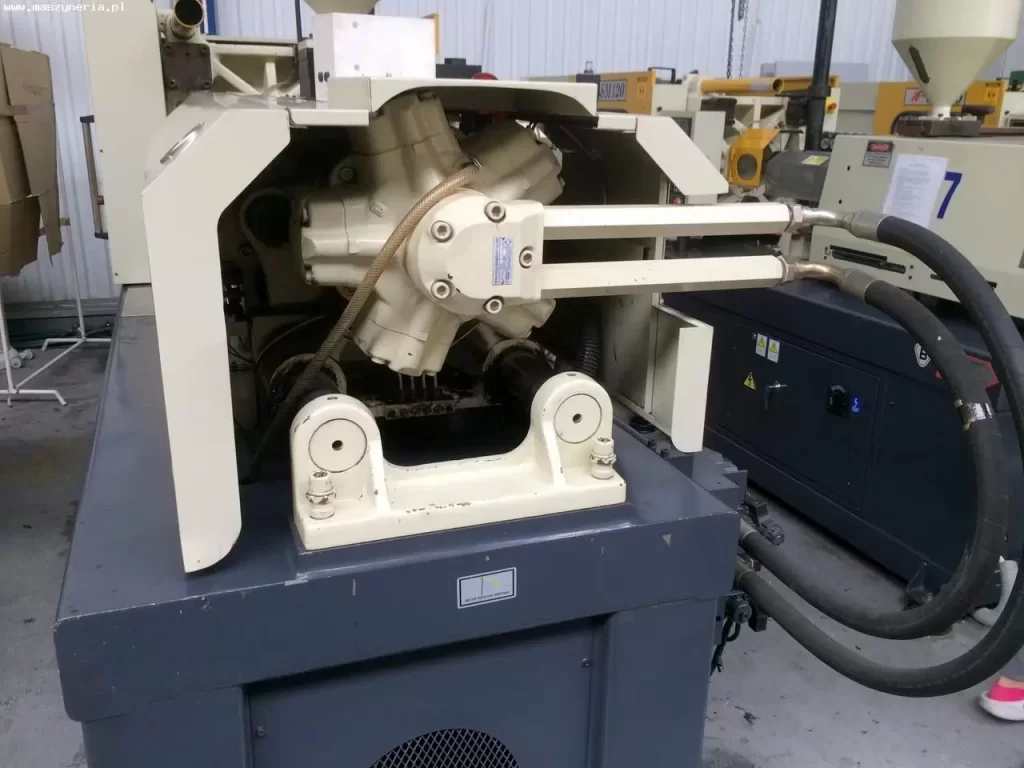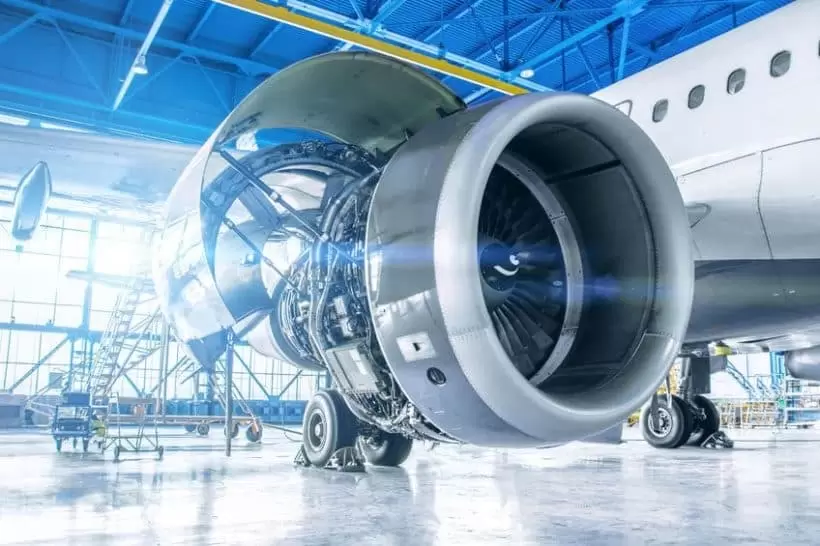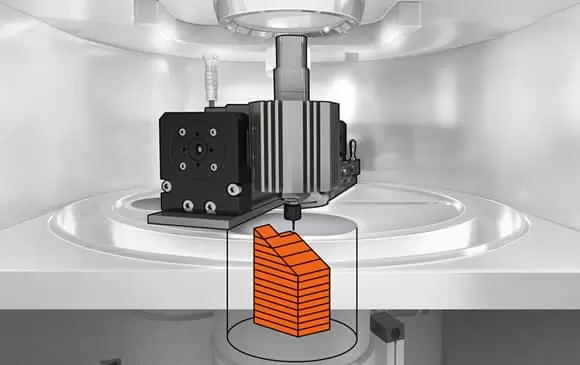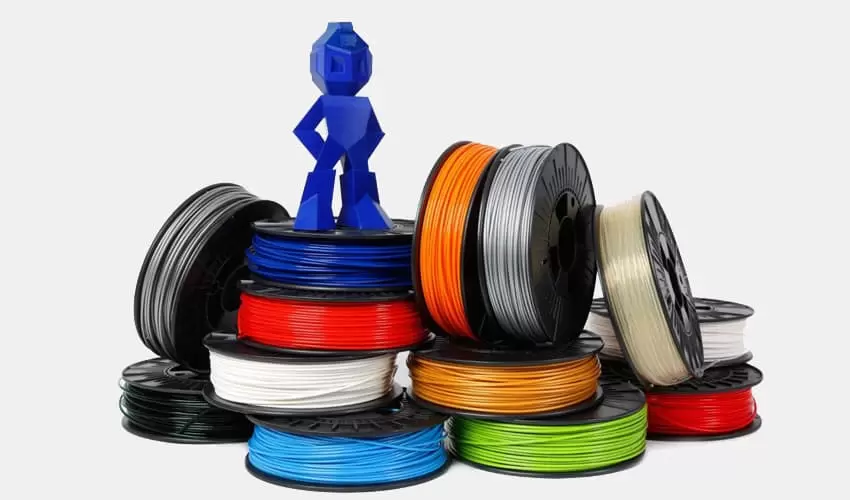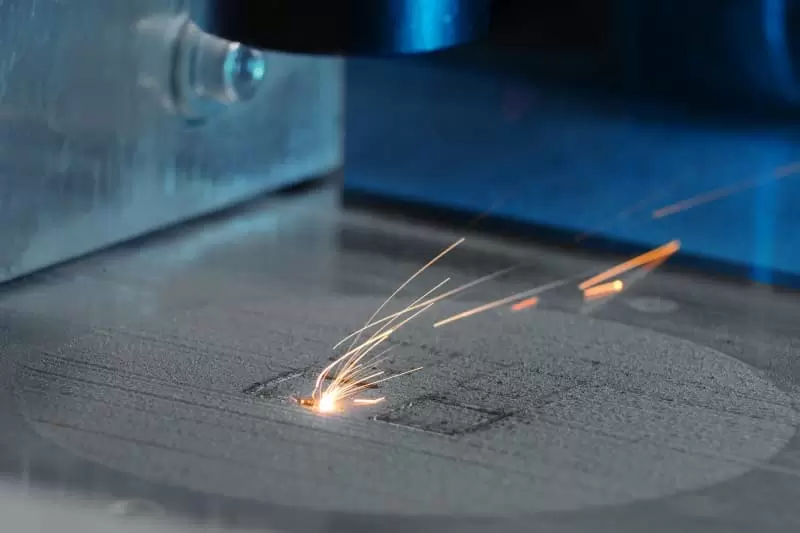Table of Contents:
- Introduction
- Components of a Plastic Injection Molding Machine
- Types of Plastic Injection Molding Machines
- How Does a Plastic Injection Molding Machine Work?
- Factors to Consider When Choosing a Plastic Injection Molding Machine
- Advantages and Disadvantage of Plastic Injection Molding Machines
- Applications of Plastic Injection Molding Machines
- Future of Plastic Injection Molding Machines
- Conclusion
-
1.Introduction
A Plastic Injection Molding Machine is a machine that is used to produce plastic parts and components. It is a machine that uses the Plastic Injection Molding process to create plastic parts. The machine consists of several components, including the Clamping Unit, Injection Unit, Mold, and Control System. The Clamping Unit holds the mold together during the injection process, while the Injection Unit injects the melted plastic into the mold. The Mold determines the shape and design of the plastic part, while the Control System regulates and controls the entire injection molding process.
Plastic Injection Molding Machines are essential in the manufacturing industry for several reasons. Firstly, they are versatile and can produce parts with complex designs and geometries. Secondly, they are efficient and can produce parts quickly and cost-effectively. Thirdly, they offer repeatable accuracy, ensuring that parts are produced with consistent quality. Fourthly, they can produce parts with a wide range of materials, allowing for the production of parts with various physical and chemical properties. Finally, Plastic Injection Molding Machines are widely used in various industries, including the Automotive Industry, Consumer Goods Industry, Medical Industry, and Packaging Industry, among others.
-
2.Components of a Plastic Injection Molding Machine
A Plastic Injection Molding Machine consists of several components that work together to produce plastic parts and components. The four main components of a Plastic Injection Molding Machine are:
- Clamping Unit:The Clamping Unit is responsible for holding the mold in place during the injection molding process. It consists of two plates, the stationary plate, and the moving plate. The stationary plate is attached to the machine’s base, while the moving plate is attached to the machine’s hydraulic system. The mold is placed between the two plates, and the hydraulic system applies force to the moving plate, clamping the mold together tightly.
- Injection Unit:The Injection Unit is responsible for melting the plastic material and injecting it into the mold. It consists of a hopper, barrel, screw, and nozzle. The plastic material is fed into the hopper, where it is heated and melted. The melted plastic is then forced into the barrel, where it is mixed and compressed by the screw. Finally, the melted plastic is injected into the mold through the nozzle.
- Mold:The Mold is the component that determines the shape and design of the plastic part being produced. It consists of two halves, the cavity side, and the core side. The cavity side creates the outer shape of the part, while the core side creates the inner shape of the part. The mold is made of steel and is designed to withstand the high pressure and temperature of the injection molding process.
- Control System:The Control System is responsible for regulating and controlling the entire injection molding process. It consists of several components, including the temperature controllers, pressure sensors, and hydraulic system. The Control System ensures that the injection molding process runs smoothly and that the plastic parts produced are of high quality and consistency.
-
3.Types of Plastic Injection Molding Machines
There are three main types of Plastic Injection Molding Machines: Hydraulic Injection Molding Machines, Electric Injection Molding Machines, and Hybrid Injection Molding Machines. Each type of machine has its own unique advantages and disadvantages, and the choice of machine depends on various factors such as the type of plastic material being used, the size and complexity of the part being produced, and the desired production volume.
- Hydraulic Injection Molding Machines:Hydraulic Injection Molding Machines are the most common type of Plastic Injection Molding Machine. They use hydraulic systems to operate the Clamping Unit, Injection Unit, and Control System. Hydraulic Injection Molding Machines are known for their high production output, consistent quality, and durability. They are suitable for producing large and complex parts, but they have a slower cycle time than Electric Injection Molding Machines.
- Electric Injection Molding Machines:Electric Injection Molding Machines use electric motors to operate the Clamping Unit, Injection Unit, and Control System. They are known for their energy efficiency, high precision, and fast cycle times. Electric Injection Molding Machines are suitable for producing small and medium-sized parts, and they are particularly useful for high-precision and high-speed applications. However, Electric Injection Molding Machines are generally more expensive than Hydraulic Injection Molding Machines.
- Hybrid Injection Molding Machines:Hybrid Injection Molding Machines combine the best features of Hydraulic Injection Molding Machines and Electric Injection Molding Machines. They use a combination of hydraulic and electric systems to operate the Clamping Unit, Injection Unit, and Control System. Hybrid Injection Molding Machines are known for their energy efficiency, fast cycle times, and high precision. They are suitable for producing small to medium-sized parts, and they offer a good balance between cost and performance.
-
4.How Does a Plastic Injection Molding Machine Work?
Plastic Injection Molding is a manufacturing process that involves injecting molten plastic material into a mold to produce a variety of parts and components. A Plastic Injection Molding Machine is a complex machine that comprises several components and processes to produce high-quality plastic parts. Here’s how a Plastic Injection Molding Machine works:
- Clamping:The first step in the Plastic Injection Molding process is clamping. The Clamping Unit of the machine is responsible for securing the mold in place and applying the required force to hold it closed during the injection process. The Clamping Unit comprises two plates, the stationary platen, and the moving platen, which are brought together by hydraulic or mechanical means to create a secure seal around the mold.
- Injection:Once the mold is securely clamped, the Injection Unit of the machine begins the injection process. The Injection Unit is responsible for melting and injecting the plastic material into the mold cavity. The Injection Unit comprises a hopper that holds the plastic material, a heater that melts the plastic material, and an injection barrel that injects the molten plastic into the mold cavity. The molten plastic material is injected into the mold cavity under high pressure, which fills the cavity completely.
- Cooling and Ejection:Once the mold cavity is filled with the molten plastic material, the Cooling System of the machine begins to cool the plastic material down to the required temperature. The Cooling System comprises a series of water channels that circulate cold water around the mold to cool the plastic material. Once the plastic material has cooled down and solidified, the Ejection System of the machine releases the mold and ejects the finished plastic part from the mold cavity.
-
5.Factors to Consider When Choosing a Plastic Injection Molding Machine
Choosing the right Plastic Injection Molding Machine can be a challenging task, especially for those new to the industry. The right machine will depend on a variety of factors, including production volume, material type, part complexity, and budget. Here are some key factors to consider when choosing a Plastic Injection Molding Machine:
- Production Volume:One of the most critical factors to consider when choosing a Plastic Injection Molding Machine is the production volume required. If the production volume is high, a larger machine with a higher clamping force may be required. Conversely, for low production volumes, a smaller machine with a lower clamping force may be more appropriate.
- Material Type:The type of material being used is also an important factor to consider. Different Plastic Injection Molding Machines are designed to work with different types of plastic materials. For example, some machines are better suited to working with rigid plastics, while others are designed for more flexible materials. Understanding the specific requirements of the material being used is essential to ensure the best results.
- Part Complexity:The complexity of the part being produced is another important factor to consider. More complex parts may require a machine with a higher level of precision and control. Machines with advanced features such as multiple injection points, hot runner systems, and advanced control systems may be necessary to produce highly complex parts.
- Budget:Budget is always an important consideration when choosing a Plastic Injection Molding Machine. Machines can range from a few thousand dollars to several hundred thousand dollars. Understanding the specific needs of the production process and the available budget is essential to ensure that the best machine is chosen.
-
6.Advantages and Disadvantage of Plastic Injection Molding Machines
Plastic Injection Molding Machines are widely used in the manufacturing industry to produce a wide range of plastic parts. Here are some of the key advantages of using these machines:
- High Efficiency:One of the most significant advantages of Plastic Injection Molding Machines is their high efficiency. These machines can produce large quantities of parts quickly and consistently, with minimal waste. The injection molding process is fully automated, allowing for high production rates and reduced labor costs.
- Repeatable Accuracy:Plastic Injection Molding Machines can produce parts with high levels of accuracy and consistency. The process is highly automated, ensuring that each part is produced to the exact same specifications. This consistency is critical for applications where parts need to fit together precisely or meet specific performance requirements.
- Wide Range of Materials:Plastic Injection Molding Machines can work with a wide range of plastic materials, including thermoplastics, thermosets, and elastomers. This versatility allows manufacturers to choose the best material for their specific application, providing greater flexibility and design options.
- Cost-effective:Plastic Injection Molding Machines can be highly cost-effective for large volume production runs. The high efficiency and automated nature of the process help to keep costs low, making it an attractive option for mass production.
- Reduced Waste:The injection molding process is highly efficient, with minimal waste produced during the production process. This can help to reduce material costs and minimize the environmental impact of the manufacturing process.
While there are many advantages to using Plastic Injection Molding Machines, there are also some potential disadvantages to consider. These include:
- High Initial Investment:One of the biggest drawbacks of Plastic Injection Molding Machines is the high initial investment required to purchase the equipment. Injection molding machines can be expensive, especially for larger machines that can produce bigger parts. This initial investment can be a barrier to entry for some manufacturers, particularly smaller businesses or startups.
- Lead Time for Mold Design and Production:Another disadvantage of Plastic Injection Molding Machines is the lead time required for mold design and production. Each part requires a custom mold, which must be designed and produced before the injection molding process can begin. This process can take weeks or even months, depending on the complexity of the mold design. This lead time can be a disadvantage for manufacturers who need to produce parts quickly.
- Limited Flexibility:Plastic Injection Molding Machines are designed to produce large quantities of parts with high levels of accuracy and consistency. While this is an advantage in many cases, it can also be a disadvantage for manufacturers who require more flexibility in their production process. Changes to part design or material requirements may require a new mold, which can be time-consuming and costly.
-
7.Applications of Plastic Injection Molding Machines
Plastic Injection Molding Machines are used in a wide range of industries to produce a variety of parts and products. Some of the most common applications of these machines include:
- Automotive Industry:The automotive industry is one of the largest users of Plastic Injection Molding Machines. These machines are used to produce a wide range of parts, including dashboards, bumpers, and interior trim. Plastic parts are often preferred in the automotive industry because they are lightweight and can be produced in high volumes.
- Consumer Goods Industry:The consumer goods industry also makes extensive use of Plastic Injection Molding Machines. These machines are used to produce a wide range of products, including toys, kitchen appliances, and electronic devices. Plastic parts are often preferred in the consumer goods industry because they are durable, lightweight, and can be produced in a variety of colors and finishes.
- Medical Industry:The medical industry is another major user of Plastic Injection Molding Machines. These machines are used to produce a wide range of medical devices, including syringes, IV components, and surgical instruments. Plastic parts are often preferred in the medical industry because they are lightweight, can be sterilized easily, and are resistant to chemicals.
- Packaging Industry:The packaging industry also makes extensive use of Plastic Injection Molding Machines. These machines are used to produce a wide range of packaging products, including containers, caps, and closures. Plastic parts are often preferred in the packaging industry because they are lightweight, durable, and can be produced in a variety of shapes and sizes.
If you need about Plastic Injection Molding Service,You can click on the V1 Prototype website to find it.
-
8.Future of Plastic Injection Molding Machines
Plastic Injection Molding Machines have been an important tool for manufacturers for decades, and their importance is only set to grow in the future. Here are some of the key developments that are likely to shape the future of these machines:
- Advances in Technology:As technology continues to advance, we can expect to see significant improvements in the capabilities of Plastic Injection Molding Machines. For example, new materials and additives are being developed that can enhance the strength and durability of plastic parts. Additionally, advances in sensors and monitoring systems are making it easier to detect defects and improve the accuracy of the molding process. With these and other developments, we can expect Plastic Injection Molding Machines to become even more efficient and effective in the years to come.
- Increased Sustainability:As environmental concerns continue to grow, there is increasing pressure on manufacturers to adopt more sustainable practices. In response, we are likely to see more Plastic Injection Molding Machines that are designed to minimize waste and reduce energy consumption. For example, some machines are already using recycled materials in the molding process, while others are being designed to operate using renewable energy sources. These and other sustainability-focused developments are likely to become increasingly important in the future of Plastic Injection Molding Machines.
-
9.Conclusion
Plastic Injection Molding Machines are an essential tool for manufacturers across a wide range of industries. These machines provide a fast, efficient, and cost-effective way to produce high-quality plastic parts and products, making them an indispensable part of the modern manufacturing landscape.
From their basic components to the factors that must be considered when choosing the right machine, we’ve explored the ins and outs of Plastic Injection Molding Machines in this article. We’ve also looked at their advantages and disadvantages, applications, and the potential for future developments.
It’s clear that Plastic Injection Molding Machines offer numerous benefits, including high efficiency, repeatable accuracy, and a wide range of material options. However, they also have some drawbacks, such as high initial costs and limited flexibility. Nevertheless, with careful consideration of factors such as production volume, material type, and part complexity, manufacturers can choose the right machine to meet their specific needs.
In summary, Plastic Injection Molding Machines are a vital tool in modern manufacturing, and they will remain so in the future. With the potential for new technologies and sustainability-focused developments, these machines will continue to evolve and improve, providing even more efficient and effective production methods for manufacturers.
